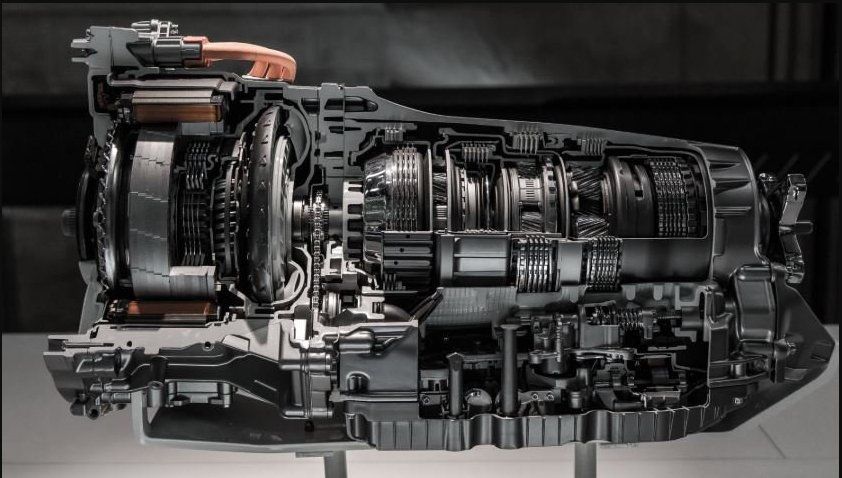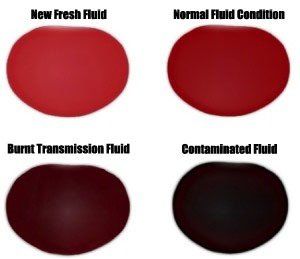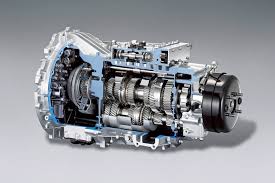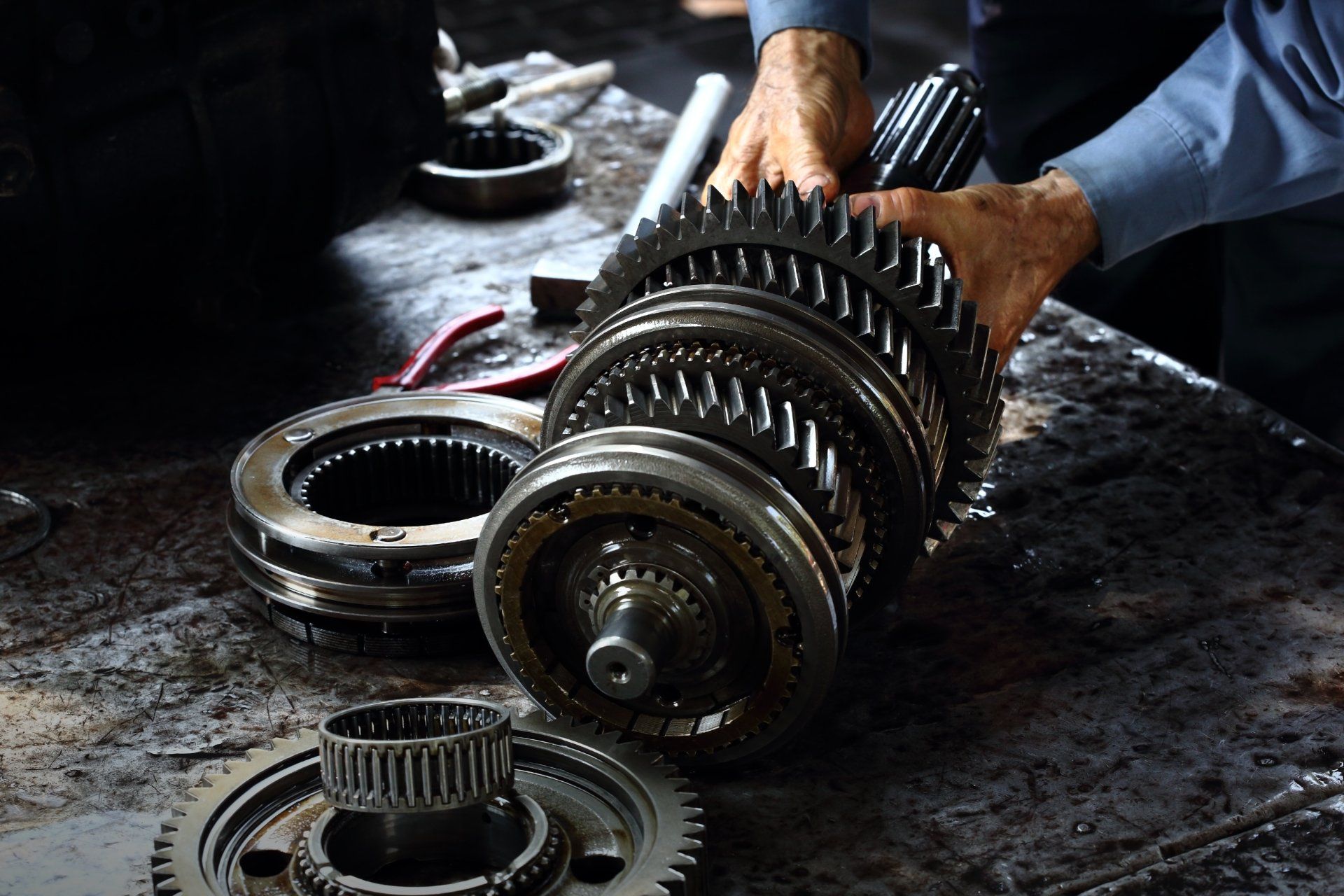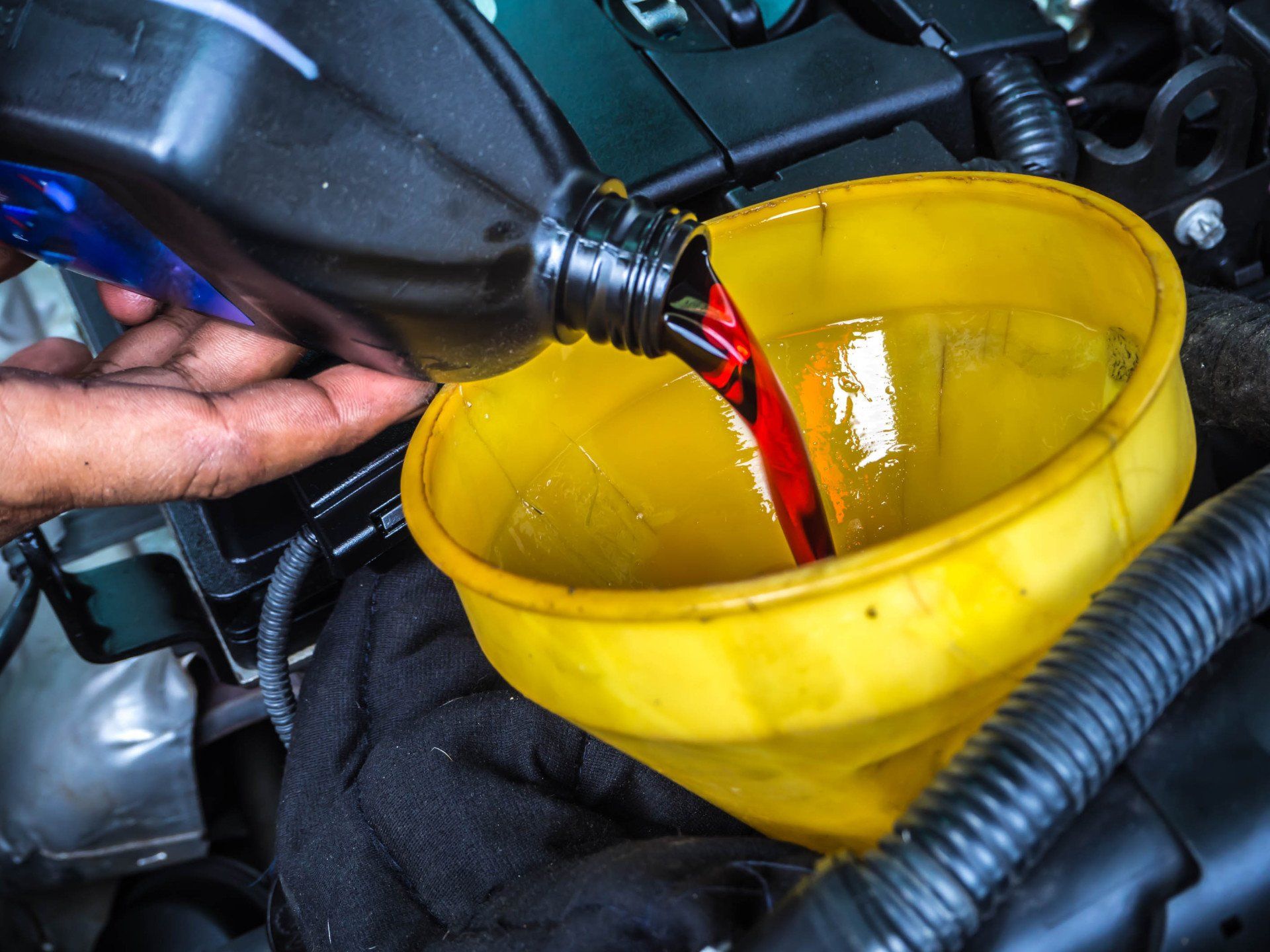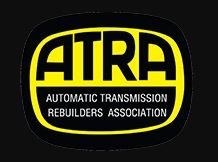Transmission Fluid/ Oil Replacement
What is Transmission Fluid?
Transmission fluid is a slippery liquid that acts as a lubricant for all the moving
parts inside of your transmission. In an automatic transmission, this fluid also
works as a coolant and an adherent fluid that transmits power from the engine to
the transmission. Like other vital automotive fluids, transmission fluid decays over
time. Hard use such as frequent stop and go city driving, hauling heavy loads,
trailer towing will accelerate the decaying. That kind of driving increases the
transmission’s operating temperature. Therefore, causing the heat to put more
strain on the transmission and the transmission fluid. Unlike engine oil, which is
primarily a lubricant, transmission fluid serves as both an oil and a hydraulic fluid
that helps smooth gear shifts, cools the transmission and lubricates moving parts.
A variation of fluids are used for different transmissions. Automatic transmissions
use automatic transmission fluid. Manual transmissions use a variation of oils:
regular motor oil, heavyweight hypoid gear oil or even automatic transmission
fluid in some cases. Your owner's manual will tell you which particular fluid your
transmission requires.
Recommended Replacement
Manual: Most manufacturers suggest that manual transmission fluid be changed
every 30,000 to 60,000 miles. Under heavy duty use, some manufacturers
recommend changing transmission fluid every 15,000 miles.
Automatic: Service schedules for an automatic transmission differ. The typical
service is 60,000 to 100,000 miles. Changing it more often does no harm.
Additionally, some automatic transmissions have filters that should be cleaned or
replaced when the fluid is changed. If you do a lot of driving under high stress
situations, you should check the transmission level more frequently and have a
repair shop check the condition of the fluid. Transmission fluid often is red but can
come in other colors, and as it decays it tends to turn darker. It may also come to
have a burned smell that could suggest it needs to be changed or that the
transmission is developing mechanical issues. Another indication it needs changing
is if there are particles or other debris in the fluid. When you take your vehicle in
for an oil change or other routine service, the repair facility may urge you to pay
for a transmission-fluid change or flush.
Why you should replace it
If you have never changed the transmission fluid in your vehicle and have more
than 100,000 miles on the odometer, should you change it now? We have seen
mixed opinions on this, with some mechanics suggesting you should just leave it
alone if you aren’t having shifting problems. Before making a decision, check the
maintenance schedule in your owner’s manual and see what the vehicle
manufacturer recommends.
Manual: In a manual transmission, the problem is not so much the fluid decaying
but rather fluid contamination. This impurity occurs over time as the
synchronizers, bearings and gears in the transmission wear out. The resulting metal
particles then float around in the lubricant. We all know that oil with very small
particles of metal in it does not lubricate as well as clean oil. So if these impurities
are not drained out, they will decrease the life of your transmission.
Automatic: Since more heat is generated in an automatic transmission, automatic
transmission fluid actually degrades and breaks down with use. Additionally, like
in a manual transmission, automatic transmission fluid will also become tainted
with worn out bits of the transmission. If these contaminants are not drained out,
they will shorten the life of your transmission. If you don't change the transmission
fluid on schedule, you will be lubricating your transmission with metal shavings
and other contaminants. This will shorten the transmission's life. In other words,
changing your transmission fluid at the correct interval is a good investment.
Here is how you can check your transmission fluid level:
Manual: Checking the transmission fluid in a manual transmission can be hard. A
few mindful manufacturers have included a dipstick, but that is the exception
rather than the rule. If you own a car with a manual transmission, we recommend
that you ask your mechanic to check the fluid level when your car is up on the lift
during an oil change. It takes just a minute.
Automatic: If you own a car with an automatic transmission, your car will have a
dipstick for this reason. Be careful not to make the common mistake of mixing up
the transmission dipstick with the crankcase dipstick. For most cars, checking the
automatic transmission fluid includes the pulling of the transmission dipstick out
while the engine is warmed up and running and with the transmission in park. We
recommend that you check your owner's manual though since some manufacturers
may have a different procedure. Most importantly, always check your fluid level if
you notice a leak of any kind.

